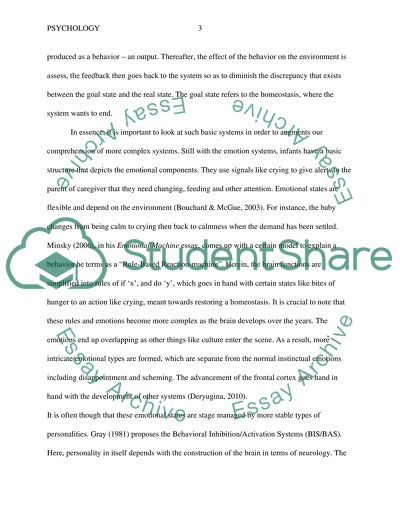Cite this document
(“How do people attribute others' emotional states, and could it be Dissertation”, n.d.)
Retrieved from https://studentshare.org/psychology/1476682-how-do-people-attribute-othersyie-emotional-states
Retrieved from https://studentshare.org/psychology/1476682-how-do-people-attribute-othersyie-emotional-states
(How Do People Attribute others' Emotional States, and Could It Be Dissertation)
https://studentshare.org/psychology/1476682-how-do-people-attribute-othersyie-emotional-states.
https://studentshare.org/psychology/1476682-how-do-people-attribute-othersyie-emotional-states.
“How Do People Attribute others' Emotional States, and Could It Be Dissertation”, n.d. https://studentshare.org/psychology/1476682-how-do-people-attribute-othersyie-emotional-states.


